Mastercard Unveils Groundbreaking Solution for CBDCs
- Mastercard introduces a groundbreaking solution enabling Central Bank Digital Currencies (CBDCs) to interact with various blockchains for secure and convenient cross-blockchain transactions.
- Developed in collaboration with Cuscal and Mintable, this innovation is part of a research project by the Reserve Bank of Australia (RBA) and the Digital Finance and Cyber Security Research Center (DFCRC).
- It emphasizes strict controls to limit CBDC access to authorized entities with KYC verification and risk assessment by licensed service providers.
- Mastercard’s live demonstration showcases CBDC holders purchasing Non-Fungible Tokens (NFTs) on the Ethereum public blockchain, using robust security measures like ‘allow-listing.’
- This project relies on Mastercard’s Multi Token Network, enabling secure blockchain interactions, interoperability, and scalable applications, with pilot testing currently underway in collaboration with select financial institutions.
Mastercard has announced a revolutionary solution that empowers Central Bank Digital Currencies (CBDCs) to seamlessly integrate with various blockchains, allowing consumers to engage in transactions across multiple blockchain networks while enhancing security and convenience.
Developed in collaboration with Cuscal and Mintable, this solution is part of a research project conducted by the Reserve Bank of Australia (RBA) and the Digital Finance and Cyber Security Research Center (DFCRC).
It aims to explore the potential use cases for CBDCs in Australia while enforcing strict controls to ensure the CBDC is accessible only to authorized entities who have undergone Know Your Customer (KYC) verification and risk assessment by licensed service providers.
“As the digital economy continues to mature, Mastercard has seen demand from consumers to participate in commerce across multiple blockchains, including public blockchains.
“This technology not only has the potential to drive more consumer choice, but it also unlocks new opportunities for collaboration between the public and private networks to drive genuine impact in the digital currency space,” said Richard Wormald, Division President, Australasia at Mastercard.
Mastercard’s live demonstration showcased how this solution enables CBDC holders to purchase Non-Fungible Tokens (NFTs) on the Ethereum public blockchain.
The process involved “locking” a specified amount of the pilot CBDC on the RBA’s platform and creating an equivalent amount of wrapped CBDC tokens on the Ethereum blockchain.
One crucial precondition for these transactions was the ‘allow-listing’ of Ethereum wallets for both the buyer and seller, along with the NFT marketplace smart contract.
This essential security measure ensured that only authorized participants could engage in the transaction, demonstrating the platform’s robust control mechanisms, even on public blockchains.
This ambitious project hinged on Mastercard’s Multi Token Network, a foundational set of capabilities introduced in June 2023.
This network incorporates the Mastercard Crypto Credential, which establishes common verification standards and infrastructure for secure interactions within blockchain networks.
It also ensures interoperability across various payment tokens and networks, all in a scalable and efficient manner.
The Multi-Token Network is currently in its beta phase and forms a vital part of Mastercard’s broader strategy to extend the application of blockchain technology across various payment use cases.
It empowers regulated entities to harness the potential of digital assets and is currently undergoing pilot testing with selected financial institutions worldwide.
This groundbreaking innovation allows individuals to effortlessly transfer digital currencies across Mastercard’s trusted network, expanding participation in crypto ecosystems with reliable, reputable forms of currency.
The benefits include programmability, transparency, and compliance.
The RBA’s CBDC pilot project, in conjunction with the DFCRC, delved into the potential applications of CBDCs in Australia.
It involved issuing a limited-scale ‘pilot’ CBDC that served as a genuine legal claim on the RBA.
The pilot CBDC was employed by selected industry participants to demonstrate its capacity to offer innovative payment and settlement services to Australian households and businesses.
To delve deeper into Mastercard’s role in this project, visit the DFCRC website and stay tuned for the groundbreaking advancements in the world of CBDCs.
For more Web3 news, check out the XGA newsfeed.


